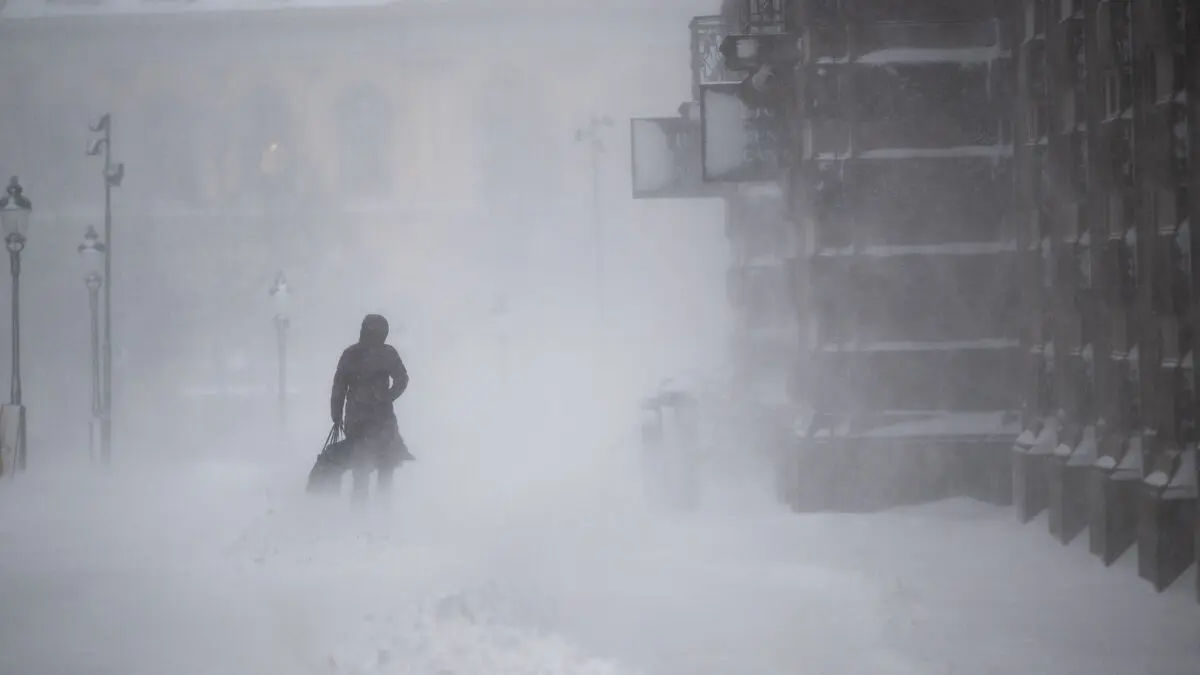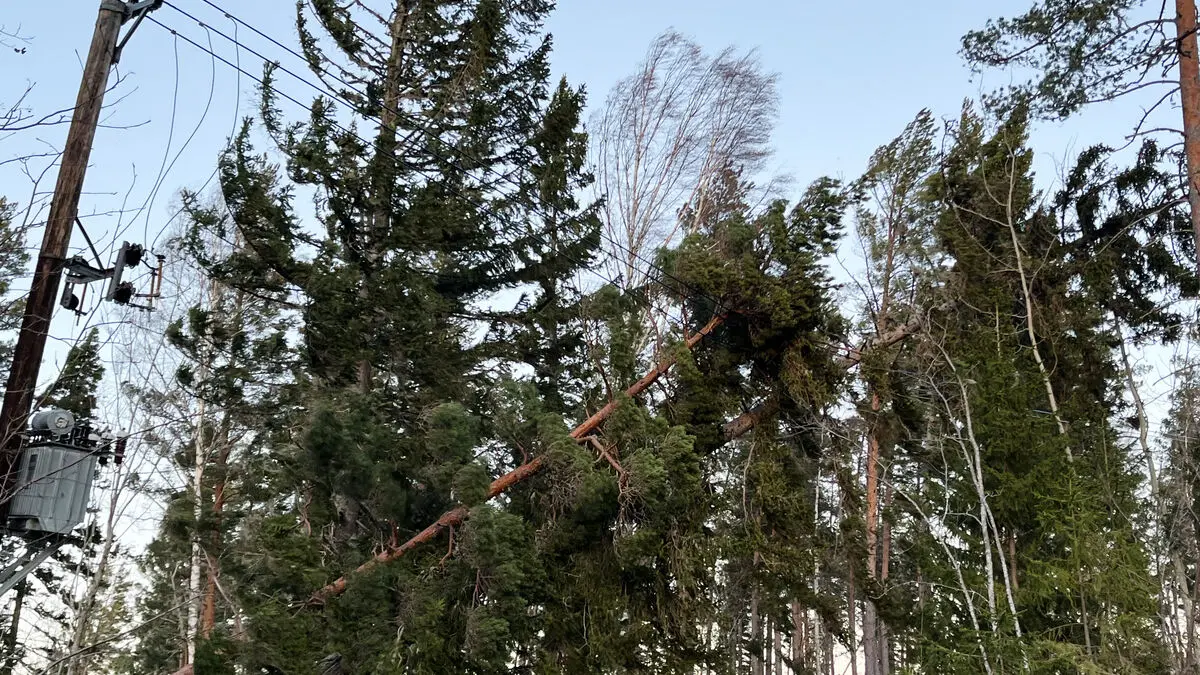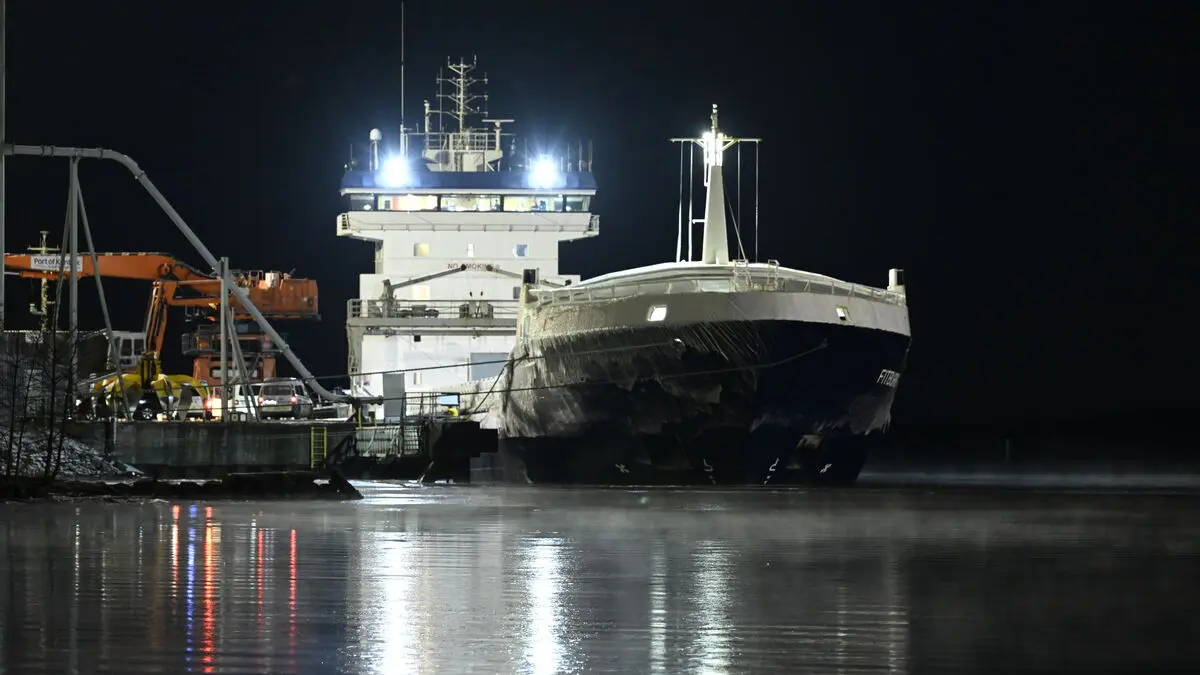Together with his teammates in his football team, the British boy visited Nolhaga parkbad in Alingsås during the Gothia Cup football tournament in July this year.
After a while in the indoor pool, the group split up and the boy went to the deep swimming pool, where he somehow ended up underwater and drowned. It took several minutes before the boy was discovered by another visitor, but by then he was already dead.
Lifeguards on Break
In connection with the Gothia Cup in Gothenburg, Nolhaga parkbad reinforced its staffing. However, when the drowning occurred, two lifeguards out of five were on break, and a third was replacing the receptionist.
"This means that instead of, as intended, having four lifeguards in the pool area, there were only two present at the time of the accident. This may seem unfortunate, but it does not violate the existing routines that we have been made aware of," writes the company React Risk Advisory, which conducted the external investigation on behalf of the municipality.
Andreas Lybacken is the unit manager at Nolhaga Parkbad in the municipality, and according to him, it is up to the staff themselves to decide on breaks and positions.
This raises the question of whether it is possible to continue working in this way, or if we need to strengthen our staff or regulate the conditions more.
Second Drowning in Two Years
Last year, a drowning also occurred at Nolhaga parkbad, also during the Gothia Cup, when a boy from Nigeria died. After this incident, the municipality introduced, among other things, enhanced lighting in the large pool and regular competence-enhancing measures for the staff.
One must conclude that the measures taken after last year's accident were not sufficient, since a similar scenario has happened again, says Andreas Lybacken.
The external investigation has identified eight points that need to be addressed, one of which is to conduct a comprehensive risk analysis according to the Consumer Agency's guidelines for swimming facilities.
We now hope to be able to work out a risk analysis in a swift but measured pace, which will likely lead to updated safety routines, says Lybacken.
1. Conduct a comprehensive risk analysis according to the Consumer Agency's guidelines for swimming facilities.
2. Clarify for all employees what is included in the concept of Lifeguard.
3. The operational decision-making process on site needs to be clarified.
4. Investigate the possibility of installing surveillance cameras and other technical aids to facilitate monitoring of pool areas.
5. All incidents should be reported to improve operations.
6. The number of incident reports has decreased since the new digital system was introduced. It is essential that all incidents continue to be reported. Training and/or information are necessary.
7. Strengthen radio coverage in the basement and clarify the role of operational staff during serious events.
8. Employees are employed as wellness staff, review whether this is the correct personnel category going forward.





